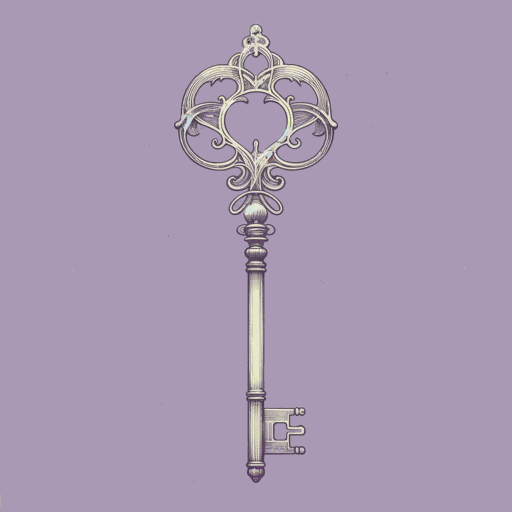54 pages • 1 hour read
Silvia Moreno-GarciaThe Daughter of Doctor Moreau
Fiction | Novel | Adult | Published in 2022A modern alternative to SparkNotes and CliffsNotes, SuperSummary offers high-quality Study Guides with detailed chapter summaries and analysis of major themes, characters, and more.
Symbols & Motifs
The Clock
Doctor Moreau owns an elegant and expensive French clock that he displays in his sitting room at Yaxaktun. The clock is ornate and decorative, featuring “a courting scene, showing a man in French livery […] kissing the hand of a woman” (16-17). Because of its overall design and ornamentation, the clock stands out as an unusual artifact. Eventually, when Eduardo proposes that Carlota become his mistress (and not his wife), he and Carlota get into an argument, and the clock ends up falling and breaking. The clock symbolizes Carlota’s ingrained expectations of courtly and romantic behavior from men—a key characteristic of her innocence that falls away with experience. Because Carlota grows up in such a sheltered environment, she only ever knows her father and Montgomery, both of whom treat her in guarded and careful ways. Carlota dreamily cultivates fantasies of her masculine ideal; the clock’s depiction of a man treating a woman in a courtly way explicitly feeds these fantasies.
The breaking of the clock symbolizes the end of Carlota’s illusions and innocence. When she first meets Eduardo, Carlota imagines that he might be the romantic hero of her dreams. Carlota acknowledges these youthful fantasies, reflecting that “the beautiful courting scene [the clock] showed had entranced her young eyes” (257).
Related Titles
By Silvia Moreno-Garcia
Featured Collections
Books that Feature the Theme of...
View Collection
Canadian Literature
View Collection
Fantasy
View Collection
Fathers
View Collection
Hate & Anger
View Collection
Historical Fiction
View Collection
Horror, Thrillers, & Suspense
View Collection
Popular Book Club Picks
View Collection
Science Fiction & Dystopian Fiction
View Collection
The Best of "Best Book" Lists
View Collection



